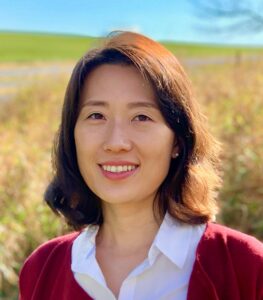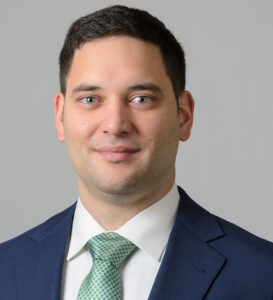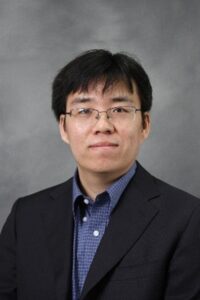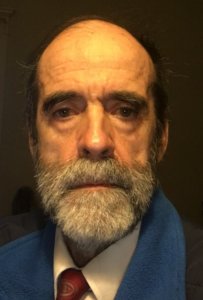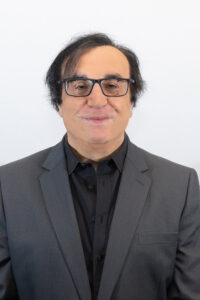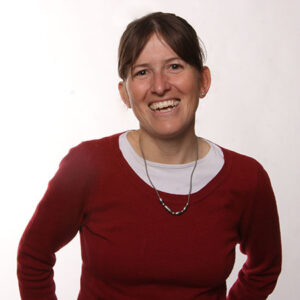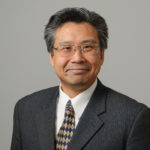 Abstract: The future of e-mobility, including electric vehicles, aircraft, ships, depends on the innovation of battery technology today. Since the energy density of conventional lithium (Li)-ion battery cells with graphite and metal oxides electrodes is limited to about 300 Wh/kg at the cell level, “next-generation batteries” such as the Li-metal all-solid-state batteries (Li-ASSBs) are demanded. The major obstacles preventing widespread adoption of Li-ASSBs are the rapid degradation and poor rate capacities, which are directly linked to various interfacial issues involving multiple electro-chemo-mechanical processes. Overcoming these interfacial issues calls for a high-fidelity computational model that could be used for exploring the physical mechanisms involved in degradation and for identifying promising remedies through informed synthesis or operating conditions.
Abstract: The future of e-mobility, including electric vehicles, aircraft, ships, depends on the innovation of battery technology today. Since the energy density of conventional lithium (Li)-ion battery cells with graphite and metal oxides electrodes is limited to about 300 Wh/kg at the cell level, “next-generation batteries” such as the Li-metal all-solid-state batteries (Li-ASSBs) are demanded. The major obstacles preventing widespread adoption of Li-ASSBs are the rapid degradation and poor rate capacities, which are directly linked to various interfacial issues involving multiple electro-chemo-mechanical processes. Overcoming these interfacial issues calls for a high-fidelity computational model that could be used for exploring the physical mechanisms involved in degradation and for identifying promising remedies through informed synthesis or operating conditions.
A Li-ASSB cell is a typical complex engineered system. The modeling of cathode and anode has different fundamental challenges. On the cathode side, the deformation is usually small, but there are various failure mechanisms. Cracks can initiate and propagate along the grain boundaries between primary particles, through the primary particles, through the solid electrolyte (SE), or debonding the interface between particles and SE. On the anode side, interfacial failure mainly stems from lithium dendrite growth and mechanical penetration through the grain boundaries of SE. The biggest modeling difficulty is the complex large-deformation mechanical behavior of pure Li. In this presentation, I will elaborate on two electro-chemo-mechanical models to respectively characterize the failure of an NMC cathode particle and the interface between Li metal and a sulfide-based SE. The presentation will also outlook the methods to scale up the particle-level models to electrode- and cell-levels.
Biographical Sketch: Dr. Juner Zhu joined the faculty of Northeastern University as an Assistant Professor of Mechanical and Industrial Engineering in August 2022. Before that, he was a Research Scientist at MIT in Mechanical and Chemical Engineering. He received his Ph.D. from MIT in 2019. His thesis entitled “Mechanical Failure of Lithium-ion Batteries” provided a comprehensive study on the mechanical modeling of battery component materials, porous electrodes, and cells. Dr. Zhu co-developed the 2020-2022 phase of the MIT Industrial Battery Consortium and acted as the Executive Director working with eight world-leading companies in the areas of EV, battery, and consumer electronics. During his postdoctoral career, Dr. Zhu extended his research interests into multiphysics modeling with data-driven methods, including inverse methods, PDE-constrained optimization, and scientific machine learning. Juner has considerable industrial experience from his work as a materials engineer at Ford Motor Company and as a battery analyst at Apple. In 2022, Dr. Zhu was Awarded the Haythornthwaite Foundation Research Initiation Grants by the Applied Mechanics Division (AMD) of American Society of Mechanical Engineering (ASME). Recently, he co-founded the Center for Battery Sustainability, a joint research program between Northeastern and MIT supported by the industry.


